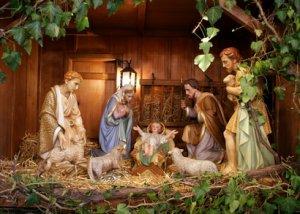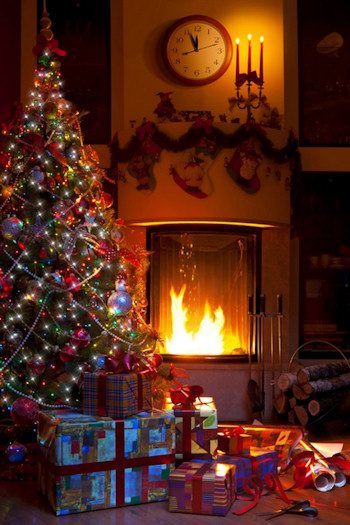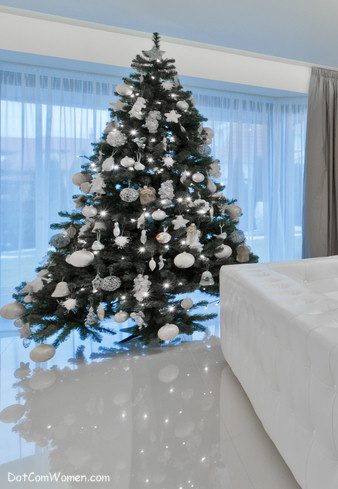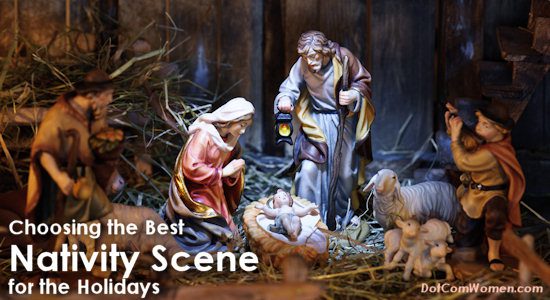Where did Decorating at Christmas Begin?
In short, I don’t have the answer. I have tried to remember as far back as possible, but I just couldn’t remember so I took to the internet to so a little research and I’ve found some conflicting theories. Of all the theories, you really need to make your own mind up because it’s unlikely we will ever really know exactly who first erected a tree in their living room.

Red and Green
Some people believe that Christmas decorations have their origins in Pagan festivals that pre-date Christ and that people applied the tradition of decorating as they adopted a new faith. The colours red and green or at least one theory behind them is that green symbolises continued life and the fact that evergreen trees are used seem to back this theory up a little. Red is supposedly to represent the blood of Jesus that was shed when he was crucified. I find the second one hard to believe, especially when you consider Christmas is supposed to celebrate Jesus’ birthday rather than his death.
The Wiki Line

Wikipedia is only as good as the people who contribute to it and as that can be anyone who fancies making their mark, some references are good, some are not so good, but many are not thorough enough. Wikipedia states that decorations, such as Ivy, began appearing in London in the 15th Century, but that nativity scenes appeared as long ago as the tenth century in Rome. Regardless of what one person or another believes if the origin of Christmas decorations, you would have had to have been there at the time to really know because people have celebrated Christmas for millennia and it’s unlikely to have been documented in every case.
The Christmas Tree

Again, there is a multitude of speculative and anecdotal reasons for the existence of a tree in the home at Christmas. One suggests that Saint Boniface stopped a pagan sacrifice of a child in the early part of the eighth century by felling the oak tree that was earmarked as a stake for the burning ritual and where the oak fell, a fir tree grew in its place. Why this would then be associated with Christmas is anyone’s guess, but apparently, some enlightened sole declared the fir tree holy and instructed people to take one to their homes and adorn it with gifts. I personally think that shrieks of false idol worship, but I’m no theologian. The question is do you think the modern Christmas Trees look worthy of receiving a prayer or two?
The Modern Christmas Tree

Many people would be surprised to know that lights on a Christmas tree date right back to 1882 when Thomas Edison’s partner, Edward H. Johnson patented the use of electric lights on a string to decorate a tree. Until then, people had become accustomed to using candles to light their trees and while fir trees are not the easiest burners, wood and naked flames are never a good combination. Despite the invention arriving in 1882, the lack of trust and widespread use of electricity meant that Johnson’s patent didn’t become popular for another thirty years and even then, it was mainly thanks to President Cleveland leading the way. Cleveland wanted the White House’s tree covered with lots of different coloured bulbs. Whether you’re an early decorator that puts their trimmings up weeks before Christmas or someone that leaves everything until last minute, you can be sure that seeing the back of them when they get stored for another year can’t come quick enough when the pines start falling from your tree.
About the Author
Karen Underwood is a mother of three who loves Christmas and spending time with her family, but much prefers to do it at someone else’s house where the clearing up is more of an option than an obligation.


